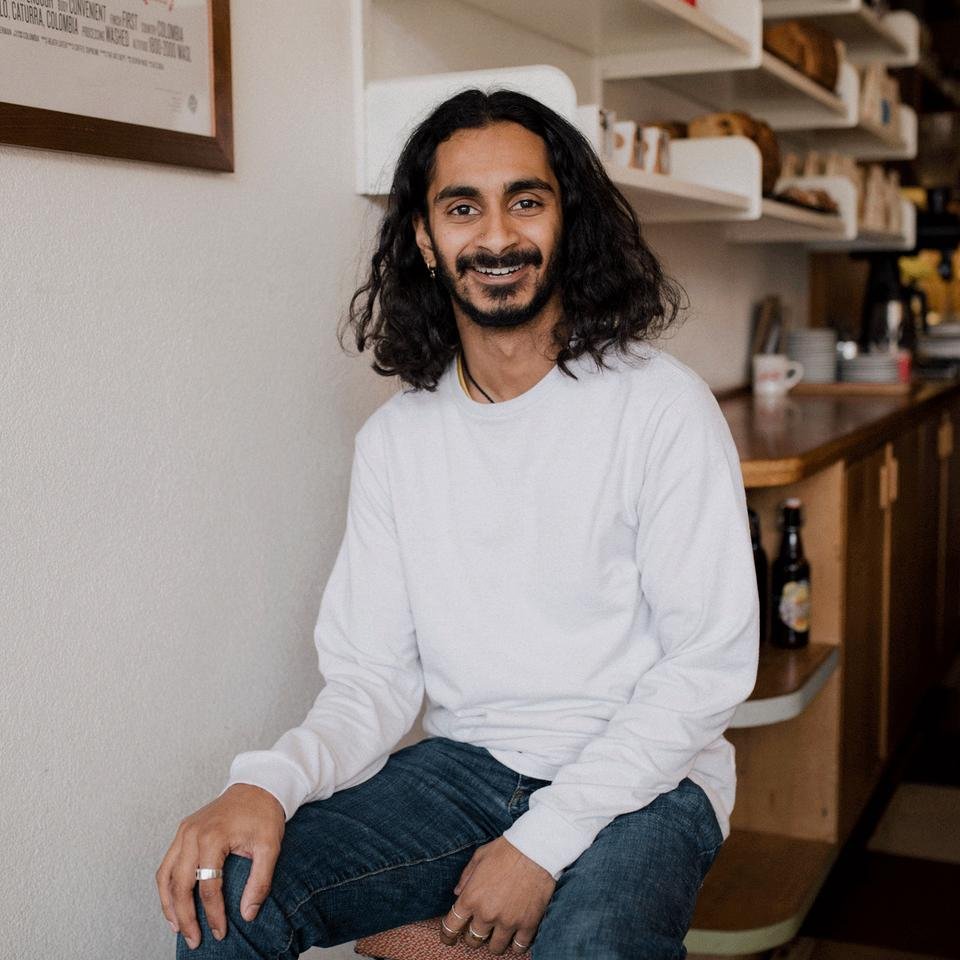We welcomed Kusal Ekanayake to Dragonfly in August. His appointment is in response to a growing amount of client work, and recognises the importance of good design in our finished products.
Kusal first heard about Dragonfly when he met Edward during his master of user experience (UX) design study.
“It was for a project where we were given a crazy amount of bird data – those that are found washed up on New Zealand beaches. Edward was there as an advisor. We had the challenge of turning the data into something useful, and could decide if we wanted to tailor our product to scientific or a public audience.”
Kusal says he enjoyed the project, especially the opportunity to wrangle a long-running, detailed dataset into something that anyone could explore. He also believes the programme equipped him with a good tool kit for approaching diverse design problems.
“There’s never a perfect answer. It’s about looking at what’s best for a particular situation. Being able to apply different UX tools gives you confidence that you’re doing the right thing.”
The field of UX design is about helping identify and solve genuine problems for people interacting with technology.
“To get a good result, you have to keep the user in mind and engage with them in the design process. If you don’t engage the people with the problem in the solution, you’re not really doing the problem justice.”
After finishing his degree, Kusal saw that Dragonfly was advertising for a front-end developer.
“What really appealed about the role was the company’s unique approach to big problems that can sometimes go unnoticed. I saw they were transforming incredibly complex data into readily digestible forms. Dragonfly was also interested in having some capability in UX design, so we were able to tailor the role to incorporate my interests and skills.”
Before the UX design degree, Kusal gained an honours degree in software engineering.
“What I’m hoping to bring to Dragonfly and our clients is my knowledge to roam the space between engineering and design. While the fields are related, they don’t often speak the same language. Because I have knowledge in both, I can hopefully bridge that gap and make the development process a better experience for everyone.”
Since he started, Kusal has leapt into training and project work across the team.
“Everyone has been really eager to bring me in and help me understand their work. That’s surprised me, but has made me feel welcome. Even in the first few weeks I’ve seen so many areas where we’re already practising UX design well and other areas where we could apply it more explicitly. I’m looking forward to helping make a difference.”
Read more about the seabird project or about Kusal.


